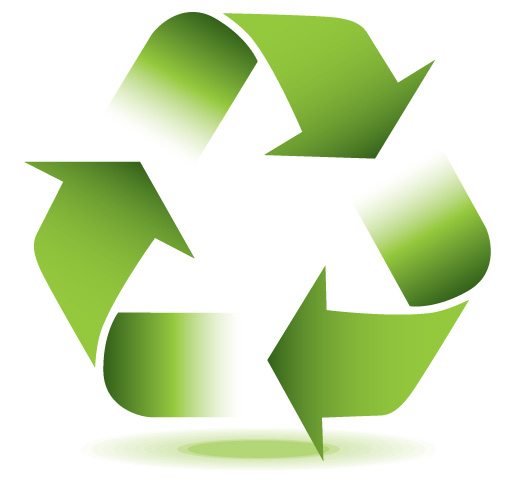Getting Back Your Deposit for Cans and Bottles
By David Goldstein, VC PWA, IWMD
Two weeks ago, RePlanet closed hundreds of recycling centers throughout the state, leaving consumers in many areas without nearby options for can and bottle refunds. To get back the 5 to 10 cents of California Redemption Value you paid when you purchased beverage containers, you can still find buyback centers by calling 1-800-RECYCLE or visiting https://www2.calrecycle.ca.gov/BevContainer/RecyclingCenters/. However, many other recycling companies have been under the same pressures and have also been closing over the past few years, so buyback recycling is becoming less convenient.
Of course, recycling is also available through curbside collection, drop off programs, and occasional charity fund raisers, but a reduction of paid recycling options is causing concerns. In the past week, I have received several inquiries and comments on this topic. Mike Swimmer, of Ojai, emailed to ask me whether new technologies will present alternatives by making recovery of energy from waste more efficient.
Lisa Lubert, of Ventura, commented to me via Nextdoor.com, “Hopefully, they will stop charging us the recycle fee then!”
Thomas Duck, of Moorpark, emailed me, “… If we can’t get our redemption money anymore, why should the State of California still require that stores continue to charge redemption fees? Will all of this money get dumped into a slush fund somewhere?”
CalRecycle is considering strategies to increase options for container buyback, such as potential enforcement of in-store redemption requirements. However, even before the recent closure of recycling centers, the State had to manage millions of dollars from unredeemed deposits. According to the web site of the California Department of Resources Recycling and Recovery (CalRecycle), “about 24.5 billion California Refund Value eligible containers were sold in 2018,” and of those, “more than 18.5 billion were recycled.” This left about 6 billion bottles unredeemed, at a value estimated on the web site at “more than 100 million dollars.”
Some of that money is available in the form of competitive grants. School districts, some Indian tribes, local governments, universities, school districts, and nonprofit organizations are among those eligible to submit proposals for funding to “address recycling challenges, aid in increasing beverage container collection, and reduce beverage container litter in the waste stream;” however, this competitive grant program is limited by legislation to just 1.5 million dollars per year statewide. The most recent winner in Ventura County was the city of Oxnard, which in 2016 won a $249,066 grant to help the Oxnard City Corps increase recycling and little abatement activities as well as to start recycling programs in multi-family residential buildings.
Through a program separate from these grants, Conservation Corps statewide also received approximately 6 million dollars of direct payments from unredeemed deposits in 2018.
Application materials for grant funding will likely be available this winter. At https://www2.calrecycle.ca.gov/Listservs/Subscribe/121 , you can join a listserv to receive emails when notices of funds available are released.
A larger portion of those funds are available to your city or county for administering local recycling programs. CalRecycle made 10.5 million dollars in payments to cities and counties “for beverage container recycling and litter cleanup activities” in 2018.
CalRecycle also uses funds to provide incentive payments for buyback centers to stay open in areas lacking other centers. These “handling fees” went mostly to supermarket-sited recycling centers in 2018.
Similarly, CalRecycle also makes “supplemental payments” to make sorting centers and curbside recycling programs more viable. In 2018, the State used unredeemed deposits to pay 15 million dollars to curbside and similar recycling programs, as well as 10 million dollars to curbside recycling programs and dropoff or collection programs to specifically to “promote the recycling of glass,” according to the CalRecycle web site.
Besides glass, CalRecycle also had a special program for plastic, allocating another 10 million dollars annually until 2017 to assist manufacturers using recycled plastic to make their products.
CalRecycle also spent 46 million dollars on program administration last year and 2.5 million dollars on a “statewide public education and information campaign” to promote bottle and can recycling.
Of course, there are good environmental reasons to recycle, even if a payment is no longer a convenient option of you. According to the CalRecycle web site, recycling 10 pounds of aluminum eliminates 37 pounds of carbon emissions from the air; recycling 10 pounds of clear plastic water or soda bottles, cuts 3.3 pounds of carbon emissions; and recycling 10 pounds of glass bottles reduces carbon by nearly a pound.






